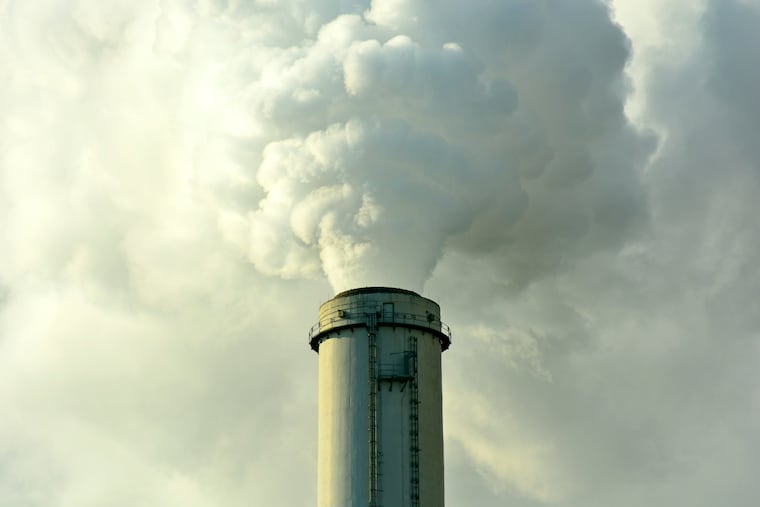Carbon dioxide removal can help solve the climate crisis and boost our economy | Opinion
We must scale-up innovation to remove carbon dioxide, which can be stored underground or recycled into products we use every day.

Pennsylvania legislators are at war over carbon emissions. Specifically, state lawmakers are trying to block the Governor from joining the Regional Greenhouse Gas Initiative, which would limit local carbon emissions, arguing such emissions caps could send energy jobs to nearby states.
This move could be seen as a blow to plans to combat climate change, but even if the bill is successful, to save the planet, we need to do more than just reduce carbon emissions. Other solutions can help combat global warming – including some that would create jobs.
At the Leaders’ Summit on Climate in April, U.S. Special Presidential Envoy for Climate John Kerry advocated for one of those solutions, which is often overlooked: carbon dioxide removal (CDR). The process pulls excess CO2 from the air and oceans to later recycle it in various products or store it in trees and vegetation, soil, rock or geologic formations deep underground.
Limiting global warming will require a full toolbox of climate strategies, CDR included. President Biden’s recent budget request for the Energy Department includes – for the first time – a line item for CDR, asking for $63 million. As budget negotiations and infrastructure legislation advances, President Biden and policymakers can preserve our planet, create hundreds of thousands of good-paying jobs, and generate major economic growth by pushing policies that incentivize and scale-up CDR innovation.
Efforts to address climate change have been largely focused on reducing emissions, but it’s become clear that we also need to remove previously emitted carbon to stabilize the climate. Comprehensive assessments by the world’s top scientific panels, including the Intergovernmental Panel on Climate Change and the National Academies of Science, have emphasized that CDR must be part of any serious plan to meet climate goals.
Natural CDR strategies like reforestation use trees to capture excess CO2, but they are not enough. They must work in conjunction with technological solutions like direct air capture (DAC): machines that suck excess CO2 from ambient air and safely store it deep underground. One DAC facility can remove as much CO2 from the air as 36,000 trees. To stabilize our climate, we’ll need to harness the collective power of both natural and technological carbon removal. A challenge as massive as the climate crisis requires a massive scale-up of diverse and high-potential solutions like DAC.
Captured carbon dioxide from DAC can even be repurposed to create products like clean fuel, fertilizer, concrete and carbonated drinks. At the University of Delaware, my research specializes in recycling captured CO2 into chemicals we use every day, for pharmaceuticals, plastics, paints and inks. Since carbon is a core compound in countless products, the possibilities are endless – but achieving this potential will require a further investment in research and development to reduce costs and scale-up technology.
Despite hyper-partisan times, lawmakers across the aisle understand the need for DAC. The bipartisan Energy Act authorizes hundreds of millions in R&D funds for carbon removal technologies. President Biden featured CDR in his American Jobs Plan, and Energy Secretary Jennifer Granholm has asserted that DAC is essential to reaching net-zero carbon emissions. The private sector also recognizes this. United Airlines, Microsoft and Shopify have committed to major investments in DAC, and other corporations are following. Yet we must go further. A recent agenda from the National Academy of Sciences included an annual $150 million federal DAC R&D investment over 10 years, alongside more than $480 million per year for tax credits.
Such investment in DAC will benefit both our environment and economy, including in Pennsylvania and New Jersey. An expert analysis found that expanding the DAC industry could create 300,000+ high-paying DAC operations jobs by midcentury. But like wind and solar, DAC needs critical federal investment to become readily deployable. Increased investment in CDR innovation would also allow the universities and chemical industry in our region to contribute greatly to solving the climate challenge.
We must seize this incredible opportunity with CDR to combat climate change, accelerate innovation, create good paying jobs, and generate economic growth for communities across the country.
Feng Jiao is an Associate Professor of Chemical & Biomolecular Engineering at the University of Delaware and a co-founder of lectrolyst LLC.